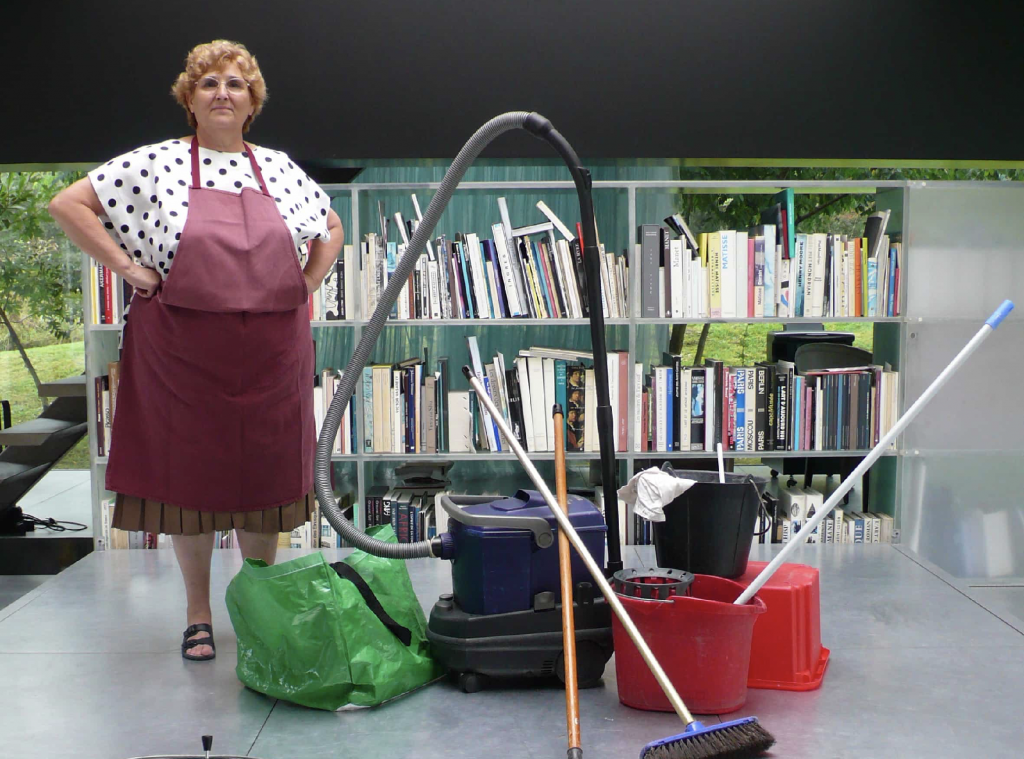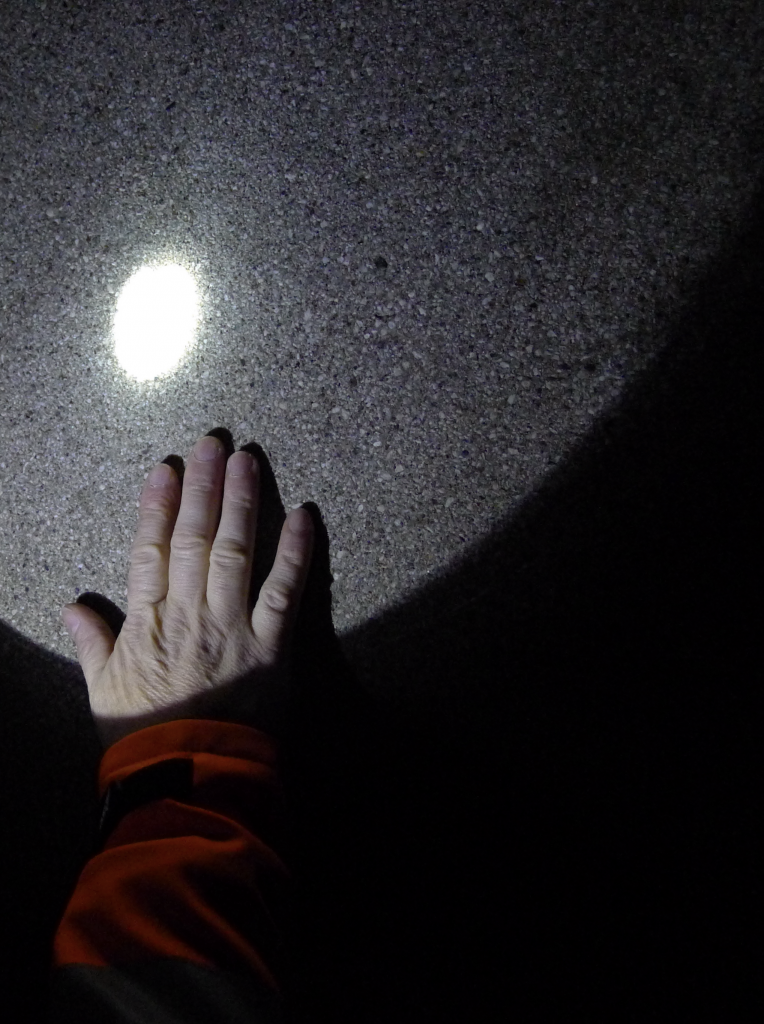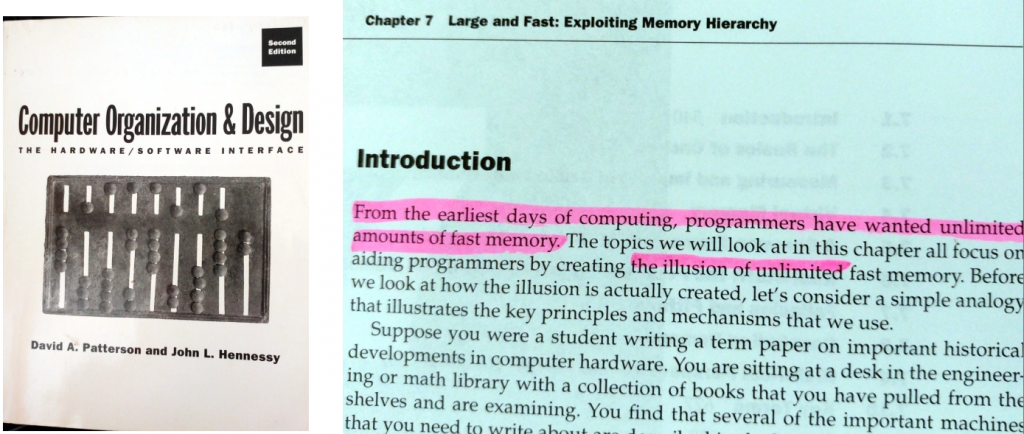ALDIWO study day: “Low-tech, maintenance, limits:
how to rethink digital technology
and its environmental impact”
The study day entitled “Low-tech, maintenance, limits: how to rethink digital technology and its environmental impact”, held on September 20, 2023 at Mines Paris-PSL, was organized by Clément Marquet (CSI, Mines Paris- PSL, i3) and Florence Maraninchi (Verimag, Grenoble INP – UGA) as part of the ALDIWO (Anti-Limits in the Digital World) project funded by the CNRS MITI (read a summary of the project). Around thirty people took part in the morning session and fifteen in the workshops.
The morning session was organized around three presentations by Morgan Meyer (CSI, CNRS, i3), Jérôme Denis (CSI, Mines Paris- PSL, i3) and David Pontille (CSI, CNRS, i3), and Florence Maraninchi. Introducing the study day, Clément Marquet explained the dual objective pursued. On the one hand, to highlight work in the field of Science and Technology Studies dealing with important concepts for the ALDIWO project, namely low-tech and maintenance. The aim was both to clarify what lies behind these terms and to show the type of work currently carried out by sociologists. On the other hand, with Florence Maraninchi’s presentation, the aim was to provide a framework for reflecting upon the ALDIWO project by re-inscribing it in the situated activity of a computer science professor who has long been a researcher in real-time embedded critical systems.
“Lowtech and boundary objects” by Morgan Meyer
In his presentation entitled “Lowtech and boundary objects”, Morgan Meyer questioned the way in which the notion of “boundary” is brought into play in various projects that are part of the French lowtech community, adopting a double approach: first, to problematize the notion on the basis of Science and Technology Studies, and then to use this problematization as a guide to distinguish different ways of making boundaries existing in lowtech initiatives. He thus started with a simple definition of the boundary: the bar, the threshold, the precisely delineated limit that must not be crossed, that determines the inside and the outside. Such boundaries are based on necessarily simplifying approaches that require the reduction of a phenomenon to its measurable, quantifiable, figureable, isolable part.
From this definition, he identifies three key issues in relation to STS. First, the limits are political, in the sense that they cannot be neutral and objective, but are the result of negotiation. Secondly, they change over time and vary from country to country. And, finally, beyond an overly cartographic vision or a vision too sensitive to delineations or figures representing a limit, STS urges that more attention be paid to materiality, to the objects that populate technosciences, either as objects investigated to determine the boudaries, or as objects that constitute the instruments for establishing the thresholds in question.
To capture these three contributions, Morgan Meyer invites us to mobilize the notion of boundary object (Star Griesemer 1989) to better understand how boundaries play out in lowtech. There are two advantages to this notion: on the one hand, it emphasizes communication between different types of actors with a vision of the world, who are led to exchange and find spaces for coordination despite their differences. On the other hand, at the same time it maintains a certain boundary, the difference between social worlds is not abolished, it can always be reinstated and coordination can fail. It is less a question of focusing on the interior of a territory, or on the threshold as such, than on what happens at the boundary, on exchanges, on the space of indeterminacy around the threshold.

The boundary has a horizon, or saving energy. This is notably observed in the low-tech housing projects promoted by the Lowtech Lab (water-recycling shower, a haybox). The boundary here is an ideal of minimal expenditure towards which inhabitants want to strive, while maintaining a relatively comfortable lifestyle.
Celebrating the boundary. This approach was particularly noticeable during the Covid crisis, showing that despite the shortages important and useful things (like masks) were DIY’d with the means at hand and associated with positive storytelling on social networks. This practice of “innovation through deprivation” was the subject of a collective book, Innover en temps de crise, edited by Hervé Dumez, Benjamin Loveluck and Alexandre Mallard.
The internal boundary of the object. Using the example of the bread ovens designed by Atelier Paysan, Morgan Meyer shows how the idea of boundary can go with that of pluralizing objects: refusing to produce a standard to which all bodies and craftsmen must adapt, Atelier Paysan has multiplied versions of the same bread oven project, encouraging its appropriation by a variety of users with very different needs. The constraints thus lie in the very materiality of the object.
To conclude, Morgan Meyer shared some observations on the place of digital technology in the lowtech movement. While digital technology obviously cannot be lowtech, it does play a major role in the dissemination of models, knowledge and know-how of lowtech communities. It is both a central brick in the circulation of information, which is sometimes put at a level of equal importance with the design of objects (e.g. the tutorials of tutorials), and a space for experimentation (making low-impact websites, intermittent websites, etc.).
“Maintenance and attention to fragility” by Jérôme Denis and David Pontille
Jérôme Denis et David Pontille opened their presentation with a deliberately broad definition of maintenance, namely making things last. This definition includes a political and ethical horizon: taking an interest in maintenance, putting it to the forefront, means developing arguments against a model of organized and programmed obsolescence, an economic model of development that was explicitly organized in the 1930s and ignores the notion of limits. Furthermore, taking maintenance to fuel such reflection contradicts research into the circular economy, which suggests that everything can be recycled – ad infinitum. On the contrary, making things last constitutes instead a potential way to lower a certain level of production or overproduction, while bearing in mind that things have an end.
Making room for maintenance is not an easy undertaking. It requires confronting the widespread valorization of innovation, the tendency to heroicize designers or exceptional gestures: a repair in a crisis situation or the resilience of a collective after a disaster will be more celebrated than the ordinary, routine and continuous maintenance of the objects and infrastructures that populate our world. This difficulty in existing is constitutive of maintenance, in the sense that maintenance is deployed so that things remain the same, with no difference at first glance.
Thus, the gesture carried out within their work involves the following: as maintenance practices are widespread, the challenge is to take an interest in them so as to discover what we can learn from them, what they enable us to apprehend differently. Jérôme Denis and David Pontille highlight three lessons from these observations.

First, paying attention to maintenance means seeing people who are largely invisible, or rather “neglected”. What this observation entails is that nothing is autonomous, everything needs people and things to continue existing (which is in keeping with the theories of care and their emphasis on interdependence; see also the film Koolhas Housewife, Bêka and Lemoine, 2008, with regard to architecture). There is a crucial issue here in describing the objects of modernity: to describe them is also to describe the people who look after them. This also raises the question of the maintainability of objects, and therefore the working conditions of those who maintain them. And it also brings out a disjunction between the accelerating dynamics of the world often described when referring to information technologies, and the slow, routine, almost circular rhythm of maintenance activities. The contrast is particularly visible in the case of fiber optic deployment, which on the one hand accelerates exchanges and on the other is caught up in a cascade of subcontracting that contributes to damaging both workers and networks. Moreover, in this contrast, it should not be overlooked that maintenance, like many other activities, may be subject to increasing managerial pressure, perhaps paradoxically requiring maintainers to demonstrate their productivity and speed up their work.
Then, paying attention to maintenance allows to bring out a very specific way of looking at things and materials, which differs from approaches developed from the point of view of designers or users. For the maintainer, things are not fixed, stable, inert objects, but are made up of a plurality of materials in constant transformation. What stands out is the fragility of things which can be described in two ways:

Things are fragile because they are vulnerable to external shocks, to events that occur in their environment (the object of materials science is to work on their resistance).
Fragility is also a characteristic of the development of things: things are in the process of being made, of becoming something other, they can deviate from what they are supposed to be, and the job of the maintainer is to ensure that they remain the same – but there are many ways of interpreting this, depending on what is important in the situation (for example, is the aim to preserve the material integrity of the object or its functionality? This implies two different ways of relating to what must be maintained).

Attention to the fragility of things often involves a multi-sensory bodily engagement, which is an important point of the research of Jérôme Denis and David Pontille. This implies making contact, maintaining a certain proximity with things (even if this can be mediated by tools or sensors). This commitment contributes to singling out each object, each machine as closely as possible, even to the point of naming them. This matter of proximity should not be taken lightly, as a poetic sentimentality on the part of maintainers: it is both organizational and political. The issue is to allocate time to a routine task so that it can give rise to attachment, surprise and adjustment – a fine-tuned knowledge that many organizational modes do not allow, operating on rapid turnover of employees and drawing up rounds on more or less random criteria. Conversely, certain companies defend a different maintenance model, recognizing the importance of keeping older staff in place, and allowing each individual to cultivate over a close bond with the objects in his or her care.
These matters of recognition of people and of the specific form their work takes question directly the place of maintenance in the functioning of contemporary organizations, and in particular its devaluation within accounting tools. In many companies, as well as in local authorities and public administrations, maintenance is considered as an operation rather than an investment, which makes it unattractive and difficult to finance: little is known about how much it brings in, and it only appears as a cost to be reduced as much as possible.
Although the issue of digital technology was not specifically addressed in the presentation, Jérôme Denis and David Pontille suggested the reading of a text written by Mathieu Jacomy, assistant professor at TantLab in Copenhagen, who has carried out very rich dialogue between Le Soin des choses and his maintenance work in the opensource world. At stake in particular is the importance these communities attach to maintenance and their difficulty in recognizing the value of this work, in worlds where everything is done on a volunteer basis.
“Constraints, (anti-)limits, optimization: a few examples from computer sciences (seen from the inside)” by Florence Maraninchi
Florence Maraninchi began by recalling that she was initially a researcher in development methods for critical real-time embedded systems. This scientific positioning contributed to giving her a specific view on the evolution of digital sciences, and has made her particularly wary of optimization and the quest for novelty, which are generally seen as goals in themselves. Most notably, this has to do with a personal sensitivity to the issues of fragility, surveillance, digital illiteracy and the environmental impact of technologies.
Regarding the latter, the study day discussed here stems from an article published in 2022 entitled “Let us not put all our eggs in one basket“ where she defends the following idea. In the 2000s, digital technology was largely driven by what she calls “anti-limits”, that is, promises of unlimited time and space. For example, with Gmail’s initial promise: “don’t sort, don’t throw anything away”, Twitter’s: “all your messages will always be there”, while Mastodon offers instance-based expiration choices, and finally, the advent of the cloud, designed as a queue-free supermarket of computing power, and consequently needing to be regularly resized in hardware to enable each customer to access the desired service without waiting.
Computer science research is not completely deaf to climate and environmental concerns. Over time, two concepts have been put to the fore to address the sector’s responsibility:
- Green IT, that is to say the optimizing systems so that they consume fewer resources – but as the promise is to sell more, the rebound effects generally cancel out the gains, or are even counter-productive.
- Green-by-IT, that is to say the promise to reduce the impact of other sectors thanks to digital technology, and in such proportions that digital technology itself would be exempt from making reduction efforts; it’s a risky bet.
Considering other avenues, alternative futures to the endless digital growth, are important objectives from the point of view of research, but also in teaching, since we must succeed in motivating students on subjects which, as we have seen, can lack social value and visibility: maintenance rather than innovation, what is already there rather than the promises of enchanting future technologies. A starting point could be to question what fuels growth and rebound effects, from within the discipline itself. This would dispel the widespread idea that only users, constantly wanting more, are to blame. To reflect on the design principles of computer systems and their potential responsibility in the growth of digital technology, Florence Maraninchi proposes to compare the design principles in two examples of contexts: critical real-time systems on the one hand (e.g. digital systems on a train or on an aircraft), and consumer computers on the other. Both cases raise the issue of sharing hardware resources in calculation and memory resources between several applications. But while the former provides a relatively restrictive system design framework, the latter aims to produce an open and extensible object. These two extreme situations are as follows:
On the one hand, mission-critical embedded computer systems where there is an actor who, at a given point in the design process, has a global view: the actor knows all the applications and their precise time and memory requirements, and can therefore allocate computing time and memory by allocating a budget to each application. Each team then develops taking this budget into account. The complete system is not highly scalable and it is simple and easy to understand and validate. This makes it an approach of choice for very critical systems. The actor with this global view is an integrator. The choice of hardware can be made in conjunction with the needs of the applications, and the design of the applications is made taking into account the limits imposed by the hardware.
At the other extreme, for laptops or smartphones for instance, the aim is to allow a set of designers to work independently of each other. Not all applications are known in advance, there is no clear idea of their memory and computing requirements, every team can develop independently. It is to guarantee this independence that the lower layers of software (the operating systems) have the task of creating the illusion of unlimited resources. Each development team can work as if it had a machine with unlimited resources. It is the operating system which then takes care of running the various applications, by sharing resources dynamically between them in a transparent [1] way, i.e. without them being aware of it. Of course, if a machine is overloaded, the limits will end up showing up, but it is the end user who is affected, through the various teams who have developed their application independently. The end user is, in a way, the integrator. As they have no power over the developers, all they have to do is buy a more powerful computer or phone, or reduce their use.

The design principle of making developments independent of each other is omnipresent in computer science. This is also what has made it possible to reach current levels of complexity. However, this principle is based on mechanisms that deliberately create an illusion of unlimited resources. One hypothesis is that this way of thinking has become so natural among computer scientists that it is difficult to think about the limits of digital technology.
Florence Maraninchi concluded her presentation with a series of questions: is extensibility necessarily a good property? How to get back to a design that would incorporate limits, what would be the right balance? Are there other areas of engineering relying on a design that creates the illusion of limitlessness? At what point did this principle of development become spread to the point of overwhelming everything else? What is preventing us from thinking about dedigitization? These are some of the questions that were discussed in the audience and will be further explored in the ALDIWO project.
[1] The term « tranparent » is used specifically in computer science, and in particular in human-machine interaction. In these fields, the fact that a process or a change is transparent can also mean that it is invisible to the user, in the sense that you can see through it without seeing what’s going on, in contrast to an open system. The notion of transparency is thus often synonymous with invisibility.

